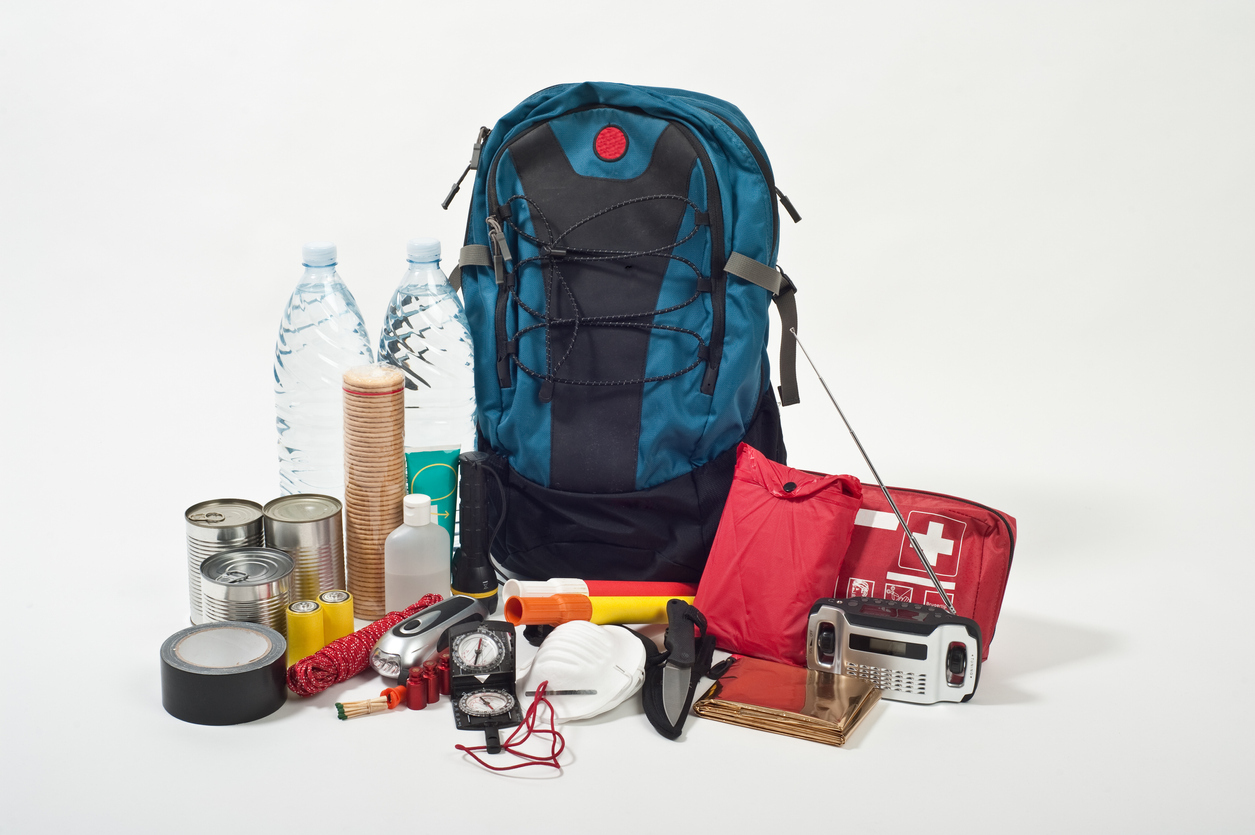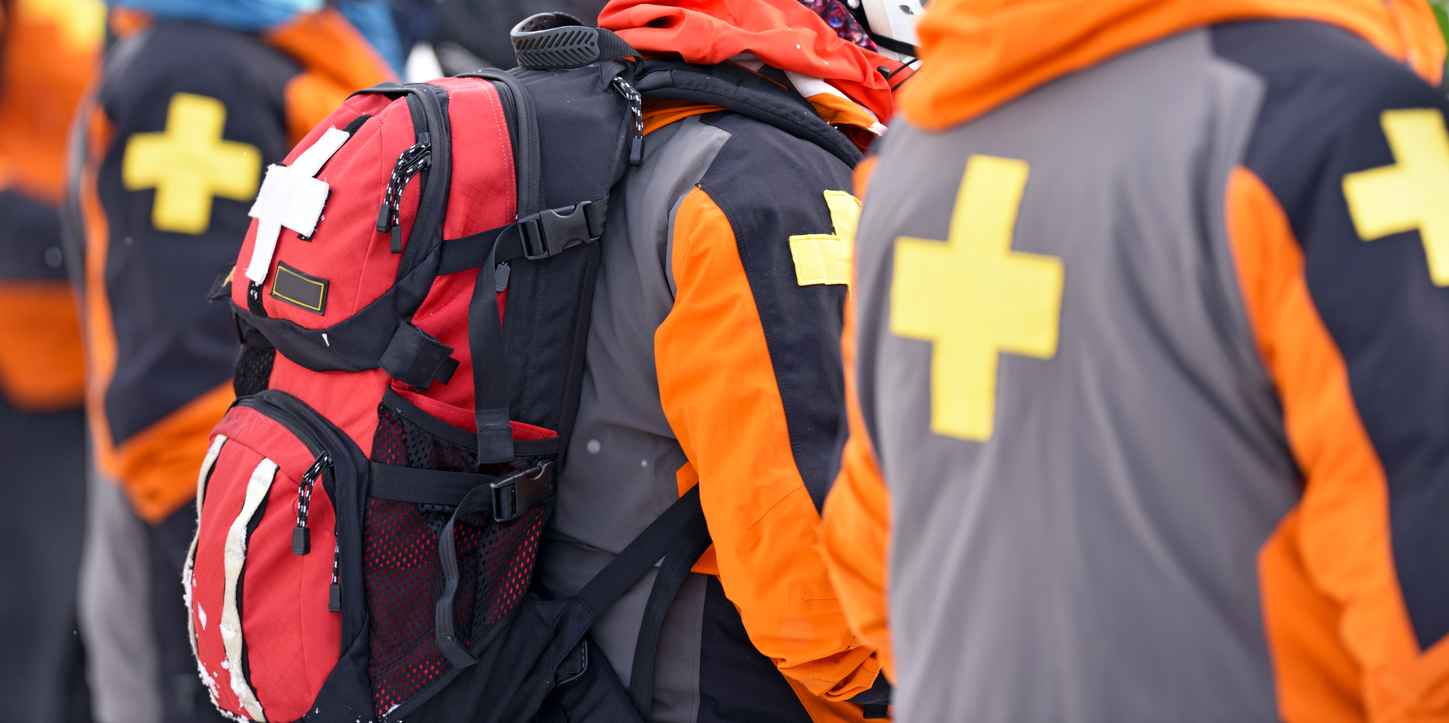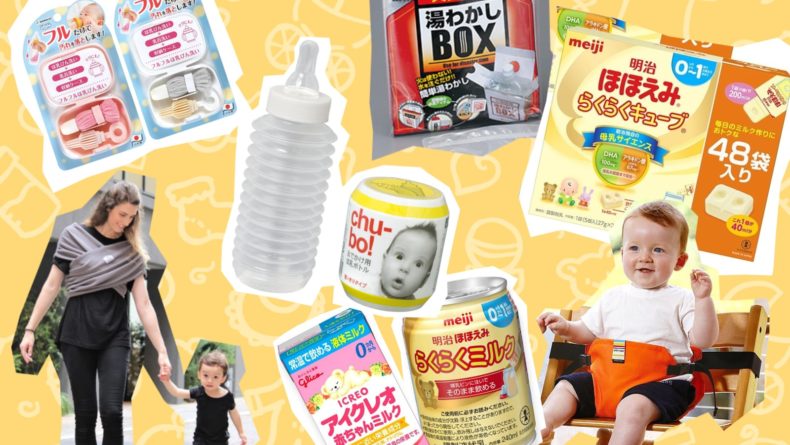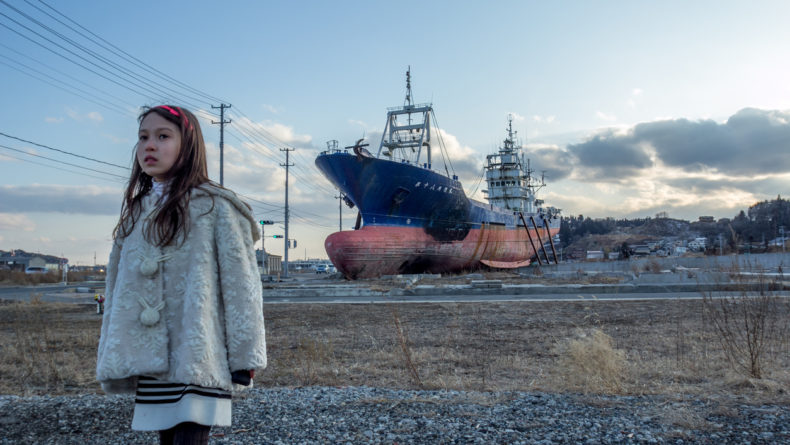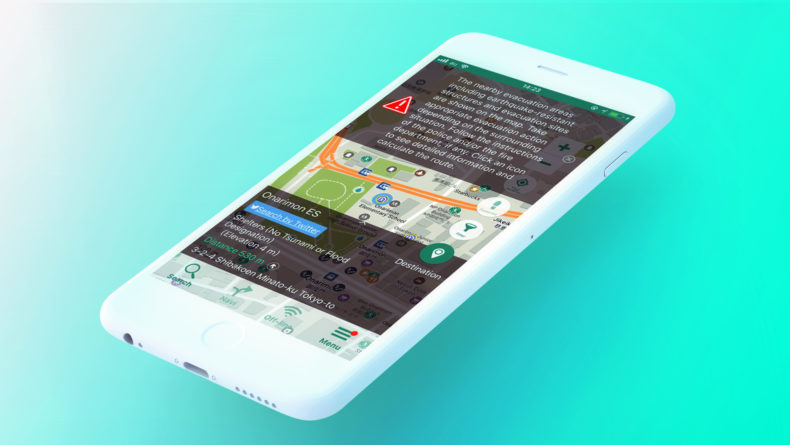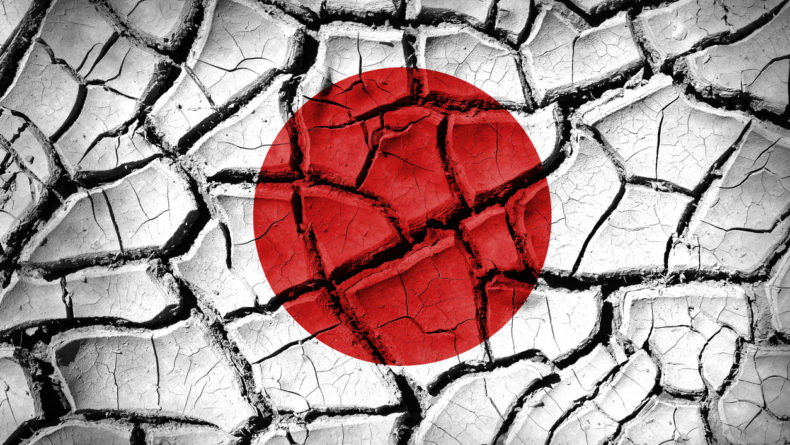Get Prepared: What To Put In Your Earthquake Kit
Keeping Yourself And Your Family Safe
Did you know that a magnitude 7.0 earthquake could occur in Japan anywhere, anytime in the next 30 years? Although Japan has some of the best infrastructure to withstand this kind of earthquake, that alone cannot guarantee the safety of you and your family. Preparedness in having an earthquake ready kit is essential for all.
It is very important for every household to keep a readily available survival kit with enough food and water to last for a few days, alongside a flashlight, radio, and first aid kit. Make sure that the whole family is familiar with the designated evacuation area in your neighborhood, and avoid placing any heavy objects in places that can block your exits. Having a fire extinguisher or fire blanket in your home is also recommended.
Preparation is key!
Your earthquake kit will come into play when required to leave your home due to the building being unsafe, during evacuation dangers of fire or tsunami, or for any other emergency. The kit will need to consist of all the supplies you and your family will need to stay safe and healthy for up to three days after a disaster, including cases where the use of power, water, and sewage are lost.
Preparing in advance is key to having peace of mind. Many may remember, or have seen photos, of the empty shelves after the March 11, 2011 disaster. Panic buying in advance is not necessary, however, trying to stock up after the disaster is too late.
The basis of your earthquake kit
Here are a few essentials to have in your kit:
- Water—drinking water is an absolute necessity; prepare two liters of water per person per day. On top of that, remember that you may also want water supplies to cook and clean with. Although shelters will have water, it is best to pack some in your kit just in case.
- Food—foods should be non-perishable that don’t require further cooking or heating. Japan has a vast variety of food bars, vacuum-packed rice, and other meals you can stock up on. Including a sensible amount of comfort foods such as chocolates and chewing gum is beneficial too. Shelters will provide food, but it will be the minimum and in most cases won’t account for food allergies and dietary restrictions.
- Medicine and eyeglasses—for those with essential medications such as prescriptions and emergency medication like asthma inhalers, it is very important to have those in your kit. Those who wear glasses or contact lenses should place a spare pair of glasses in the kit too.
- Flashlights, whistles, and shoes—it is highly recommended to keep these three items with you or near you at all times, as well as in your emergency kit. Make sure to periodically check the batteries in the flashlights, and include some spare batteries in your kit. When trapped in a building or under damage, yelling for help will get quickly exhausting. A whistle can notify your whereabouts to those nearby with more ease. In most Japanese homes, shoes are often stored away by the front door. Having a pair by your bed could avoid foot injuries caused by items scattered along the path towards your exit.
You can find most of these items in the “emergency preparedness” section of department stores like Tokyu Hands, your regular supermarket, hardware store, or 100 yen shop. Store all your items in an easy to carry bag, such as a backpack or army-style rucksack. Each family member who is able to carry a pack should have one prepared.
You can find pre-made bags pretty much everywhere but it will be way cheaper to make your own… Our Savvy Tips? Take inspiration in a pre-made kit to fill up your own! You should also regularly go through your earthquake kit and replace any items getting close to its use-by-date—we’re thinking water, food, or medicine.
What else?
Preparing copies of any important documents such as passports, in a waterproof file, is also highly recommended. Identification may be needed during the confusing times of emergencies. Having a reasonable amount of cash in this file would also come in very handy.
Depending on the personal needs of you and your family, your kit may require other items. WaNavi Japan is a nonprofit organization that provides international residents and their families with critical information and support to live comfortably and confidently in Japan. They have a full checklist of items available on their website which comes in very handy when getting your kit together.
Every bit of preparedness will help and not go to waste when faced with an emergency. There is no need to worry in advance, just keep yourself and family prepared.

